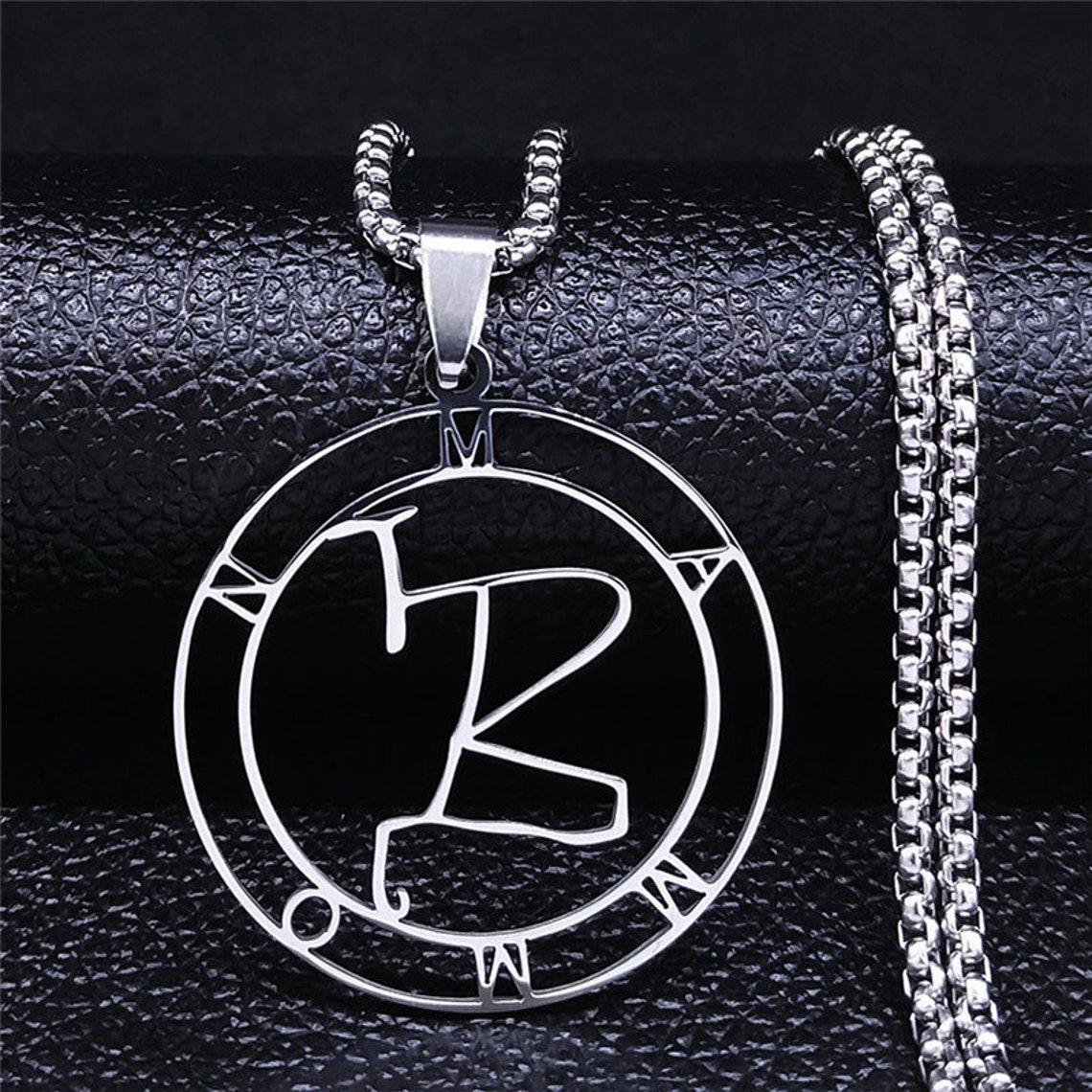

In the 4th century Cyprian and Jerome relate Mammon to greed and greed as an evil master that enslaves, and John Chrysostom even personifies Mammon as greed. Gregory of Nyssa also asserted that Mammon was another name for Beelzebub. " Riches is called Mammon by the Phoenicians" (Sermon on the Mount, ii). They think only of Mammon, whose God is the purse) and Saint Augustine, " Lucrum Punice Mammon dicitur" (lit. Ĭhristians began to use "mammon" as a pejorative, a term that was used to describe gluttony, excessive materialism, greed, and unjust worldly gain.Įarly mentions of Mammon allude to the Gospels, e.g., Didascalia, " De solo Mammona cogitant, quorum Deus est sacculus" (lit. The International Children's Bible (ICB) uses the wording "You cannot serve God and money at the same time". The Revised Standard Version of the Bible explains it as "a Semitic word for money or riches". The Authorised Version uses "Mammon" for both Greek spellings John Wycliffe uses richessis. The spelling μαμμωνᾷ refers to "a Syrian deity, god of riches Hence riches, wealth" μαμωνᾶς is transliterated from Aramaic and also means "wealth". The Liddell and Scott Lexicon has a listing for each spelling, indicating that each occurs only in the New Testament, nowhere else in ancient and Hellenistic Greek literature. The 27th edition of the popular Critical Text of the New Testament has μαμωνᾶ in all four places with no indication of any textual variances, thereby ignoring the Textus Receptus reading at Matthew 6:24.

Īccording to the Textus Receptus of the New Testament, the Greek word translated "Mammon" is spelt μαμμωνᾷ in the Sermon on the Mount at Matthew 6:24, and μαμωνᾶ (from μαμωνᾶς) in the Parable of the Unjust Steward at Luke 16:9,11,13. It has been suggested that the Aramaic word māmōn was a loanword from Mishnaic Hebrew ממון (mamôn) meaning money, wealth, or possessions although it may also have meant "that in which one trusts".

The word may have been present throughout the Canaanite languages: the word is unknown in Old Testament Hebrew, but has been found in the Qumran documents post-biblical Hebrew attests to māmōn and, according to Augustine of Hippo, Punic included the word mammon "profit". However, it is not clear what the earlier history of the Aramaic form is.

This was in turn borrowed from Hellenistic Greek μαμωνᾶς, which appears in the New Testament, borrowed from Aramaic מָמוֹנָא māmōnā, an emphatic form of the word māmōn "wealth, profit", perhaps specifically from the Syriac dialect. The word Mammon comes into English from post-classical Latin mammona "wealth", used most importantly in the Vulgate Bible (along with Tertullian's mammonas and pseudo-Jerome's mammon). The word was adopted to modern Hebrew to mean wealth. In the Middle Ages, it was often personified and sometimes included in the seven princes of Hell. The Gospel of Matthew and the Gospel of Luke both quote Jesus using the word in a phrase often rendered in English as "You cannot serve both God and mammon." Mammon / ˈ m æ m ən/ in the New Testament of the Bible is commonly thought to mean money, material wealth, or any entity that promises wealth, and is associated with the greedy pursuit of gain. 1909 painting The Worship of Mammon by Evelyn De Morgan


 0 kommentar(er)
0 kommentar(er)
